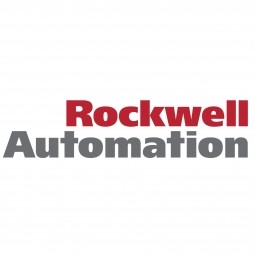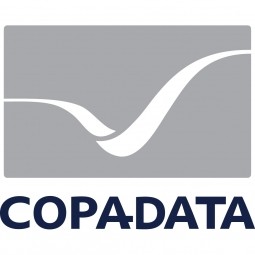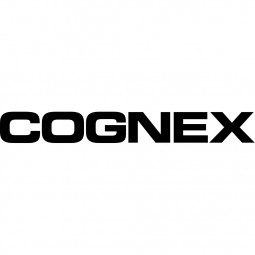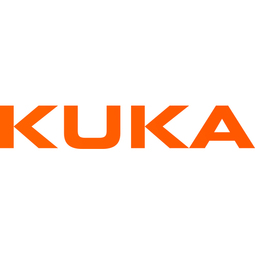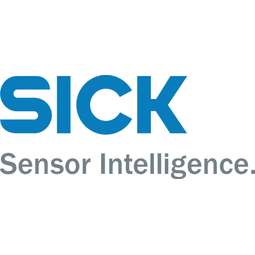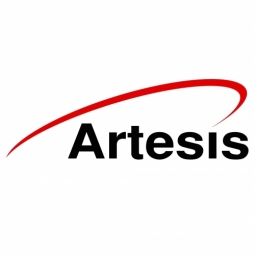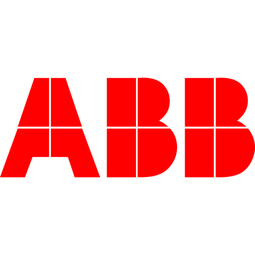Case Study
New Business Models in Maintenance
Everything that can be automated will be automated, and it is up to us, as people, to learn how to adjust to this development With the advent of the networking of processes and the Industrial Internet of Things, IT has further cemented its place in the production facilities of modern enterprises and is now set to revolutionise the way in which maintenance is approached. The Chamber of Industry and Commerce has its hands full when it comes to making sure that vocational and training concepts both accompany and keep up with these developments. Many employees are anxious, believing that the ongoing digitalisation of the world of work will result in greater job insecurity; a general misconception which regrettably continues to abound. The fact that digitalisation is set to provide both new opportunities and challenges, and that not every workplace is in danger, is often conveniently overlooked in the surrounding hype. It’s as if history is due to repeat itself every time any major industrial revolution occurs. Production workers begin to fear for their jobs and fear of change in the workplace remains high. Nevertheless, production is subject to constant change and we must all learn to adapt. Today, it is IT, in the wake of the IIoT, which stands to replace traditional rosters and blackboards. What’s more, the advent of employees directly communicating with machines via speech in order to reset them is also fast approaching. Voice-control has already gained general acceptance, but an even greater degree of trust in technology is required. If no changes are made to the way you work, the sudden advent of digitalisation may make it appear as though things are out of place or even missing. That isn’t to suggest that there was a time in which IT didn’t exist in the realm of production; such a statement wouldn’t be true, as evidenced by the fact that, in times past, maintenance staff spent an inordinate amount of time making their rounds accompanied by a programmer’s notebook, which had different editors to program components and helped to facilitate communication between human and machine. Nevertheless, the fact remains that the networking of processes continues to generate considerable uncertainty. Customised production The introduction of online marketing has resulted in a large percentage of industrial production being tailored to fit the customer. Affiliate marketing allows you to find out much more about your customers, their behaviour as consumers, and the underlying motives that drive their decision making. Thus, in certain sectors, it no longer makes sense to produce products, place them in storage units, and then wait until they are sold off. Instead, it is becoming the norm to make predictions according to customer decisions or trends. By using information gathered from CRM systems, customer feedback and digital sales statistics, it is possible to determine the colours, form, and features that a customer would desire a future product to have. It is also possible to produce products in such a way that the targeted customer immediately purchases them, thus resolving the need to store the products away until such a time as they are sold. Customised production places high demands on maintenance. Common topics that are frequently brought up in addition to classical and continual improvement processes include: - Preventive Maintenance - Corrective Maintenance - Condition-related maintenance The umbrella term ‘predictive maintenance’ is often used to encompass the topics listed above. Predictive maintenance is a strategy that is based on real-time data taken from production. It permits you to quickly recognise and respond to problems or results which were not visible in the past, but which are now, thanks to new advances in technology (e.g. condition monitoring), immediately detectable. What does the process of networking involve? When surveying a newly digitalised production hall for the first time, the first difference that one notices is that a specific IP address has been assigned to all automated devices connected to the network, which allows for data to be received and sent. These automated devices can be completely different from each other. It does not matter. What does matter (where plant or machine controllers are involved) is the PLC (programmable logic controller). A digital network topology looks as such: sensors, drives, and actuators move things around; robots weld, solder, press and pack; and HMI/SCADA systems supervise the processes. Then there are presses, drills, machine tools, milling processes, and much more. Generally, there is a different editor used to program each type of automated device type. There are very few uniform standards when it comes to software editors and thus automation engineers cannot use the same software to program a wide range of devices. Visual programming languages in DIN EN 61131-3 are regulated, however, each editor has its own special features and they are seldom compatible. Editors continue to be further developed if only for the purpose of continuously updating them to support current operating systems. Software developers are eager to offer their customers ongoing updates, the reason for which lies in the fact that customers do not have any reason to pay for software editors that have reached the end of their development. They will only pay for new developments. For maintenance staff, this trend necessitates them to undergo constant further training in order to understand and implement the latest functions and features brought out by the software developer. In that regard, it is interesting to note that, even as the number of people present in the production hall continues to decline, the number of maintenance staff continues to grow. This stands in stark contrast to the hype about the human factor becoming an obsolete element when it comes to production; on the contrary, the human factor will continue to grow in importance, especially when it comes to fixing unplanned malfunctions and errors that may occur to the complex machines and systems during production. All visions involving the future state of digital production thus have one thing in common and that is the fact that people will continue to play a vital role: the ability to understand the complex connections between numerous machines, controllers and programs, will continue to be a sure-fire guarantee of success.
Learn more

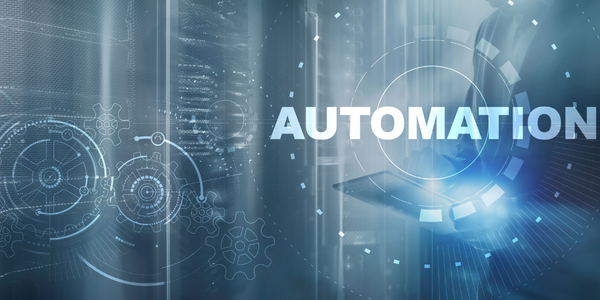



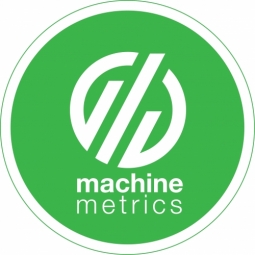
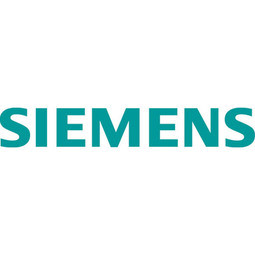
---nyse--ge_1.jpg)


